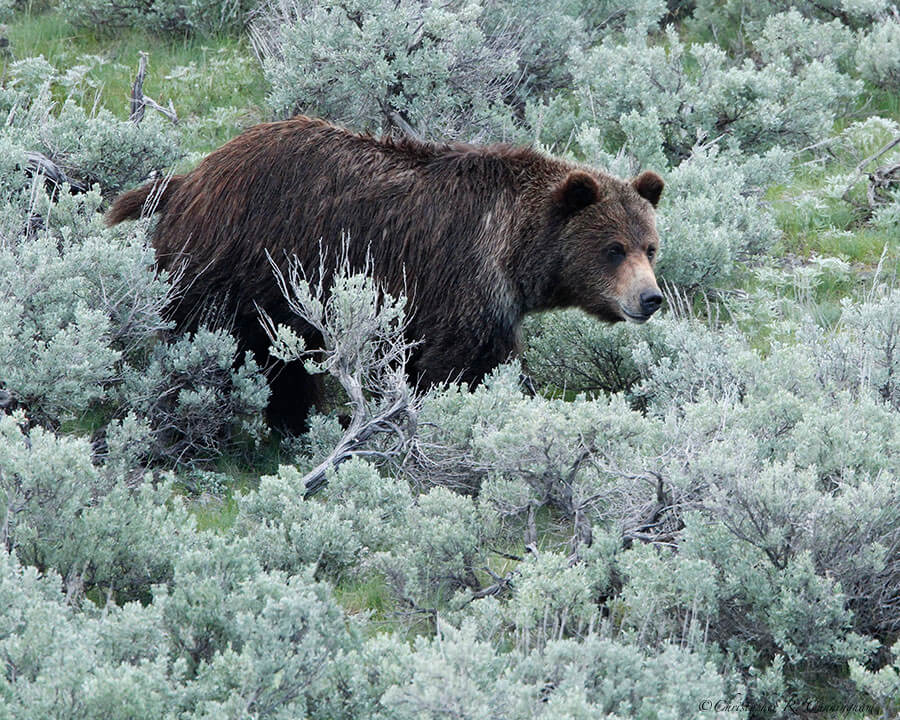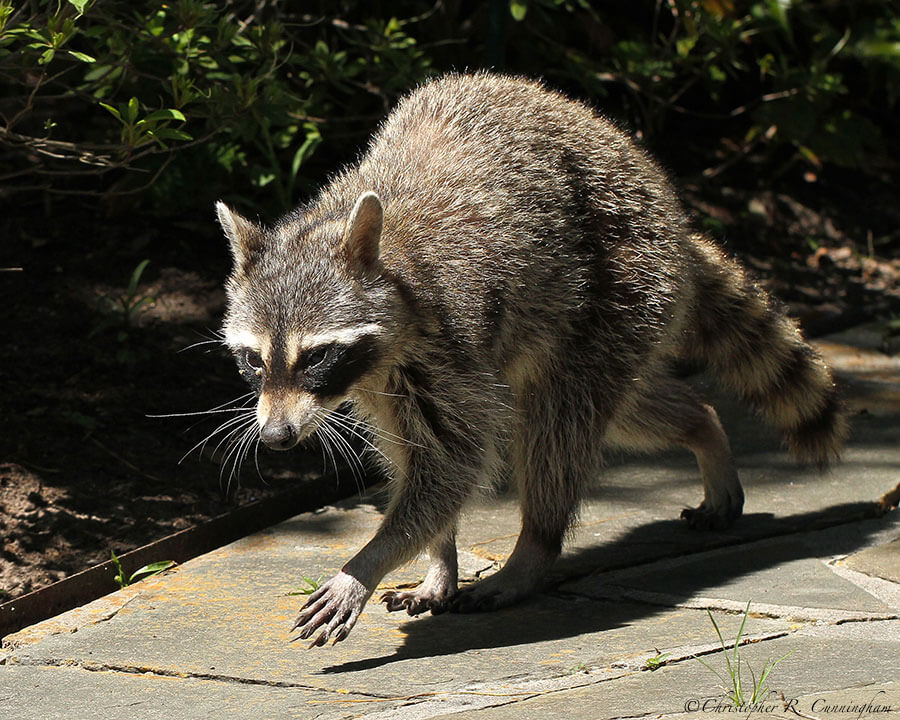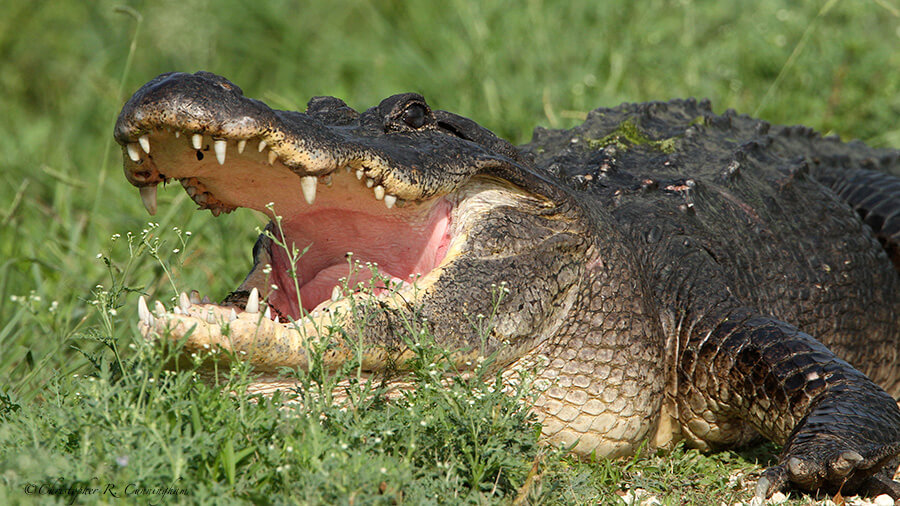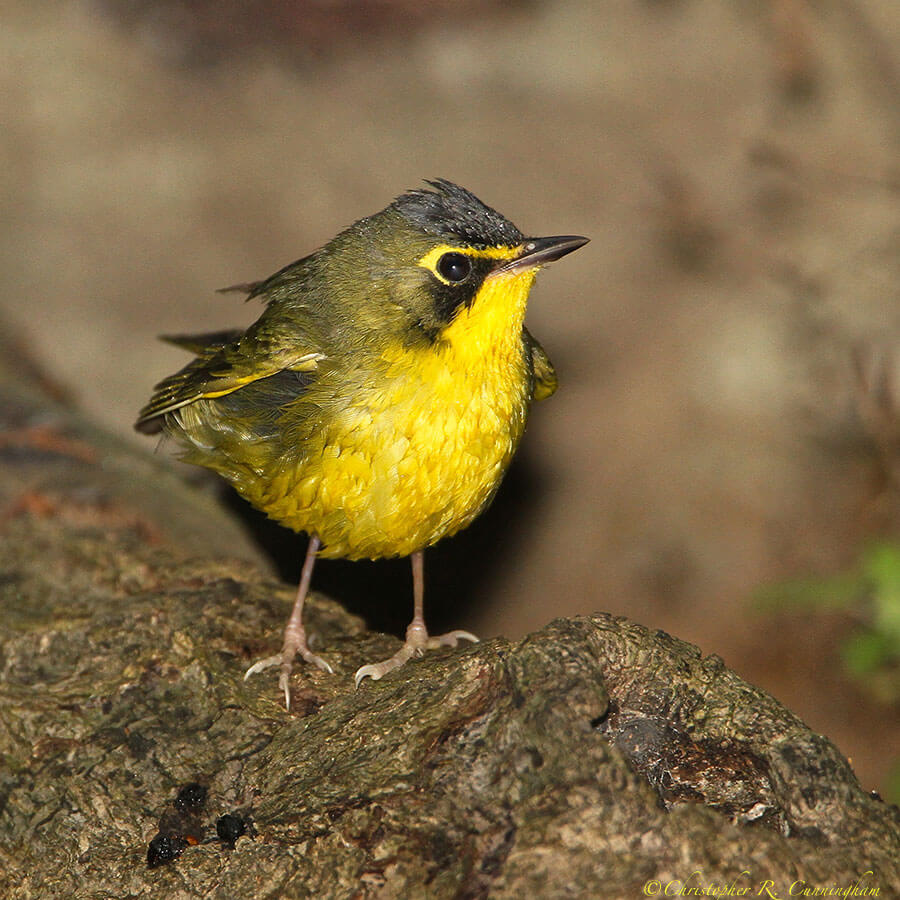I would be interested to learn just how dangerous birdwatching is statistically relative to other hobbies–say rail dragster racing, extreme fighting, or chainsaw juggling. But seriously, from time-to-time major dangers do present themselves. I’ve been in the mountains with lightning bolts dancing around me, and large (or venomous) animals have moved in my direction from time to time. The crack of a nearby hunter’s gunfire has also gathered my attention on several occasions.

On the other hand, a host of less dramatic, but real threats await the birder. Poisonous plants like poison ivy and oak can cause significant misery–as can a cactus thorn through the foot. Biting and stinging arthropods may be a significant aspect of being in the field, depending on location. Africanized “killer” bees, lyme disease-carrying ticks, and West Nile virus-carrying mosquitos are not to be scoffed at.
Animals (except man-eaters, typically injured large felids) seem to know that humans are a menace instinctively and flee or keep a safe distance at the approach of man. When an animal does not flee, or even approaches people (especially during daylight hours), one of two things is usually the case: people have been feeding the animal, or it is sick. Rabies, the most terrifying of the zoonotic diseases with its extreme virulence in mammals, is the worst fear. Even the cure is a nightmare.

As fearsome as some animals can be, the most dangerous animal in the woods is almost always man. It is sometimes difficult to assess just how dangerous any particular human is to other people without access to their rap sheet. Thankfully I have not crossed paths with any truly dangerous individuals (that I know of). I have, however, been made extremely nervous a few times by other humans. This nervousness has led me to acquire a set of walkie-talkies so that I can periodically check on Elisa’s safety (and she on mine).

Although birdwatching can be dangerous, the benefits (especially health benefits) clearly outweigh the risks. The minute I step into the field I can feel the stress melt away. By the end of the day the little nagging headache is gone, and I can think clearly–no more of the mental fog, the result of daily trials and tribulations. One old-timer I met on a catwalk across a subtropical forest canopy said: “Go birding, you’ll live longer.” Unless I lose my balance, I thought.
In any case, just like the old joke about the really dangerous part of skydiving being the drive to the airport, I am confident that the real danger in birdwatching lies in getting to the park or sanctuary via our Texas highways.

Human beings are not the natural prey of tigers, and it is only when tigers have been incapacitated through wounds or old age that, in order to live, they are compelled to take to a diet of human flesh.–Jim Corbett, Man-eaters of Kumaon
©2013 Christopher R. Cunningham. All rights reserved. No text or images may be duplicated or distributed without permission.